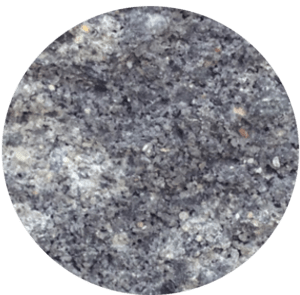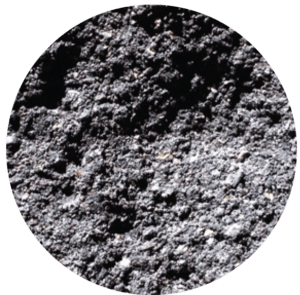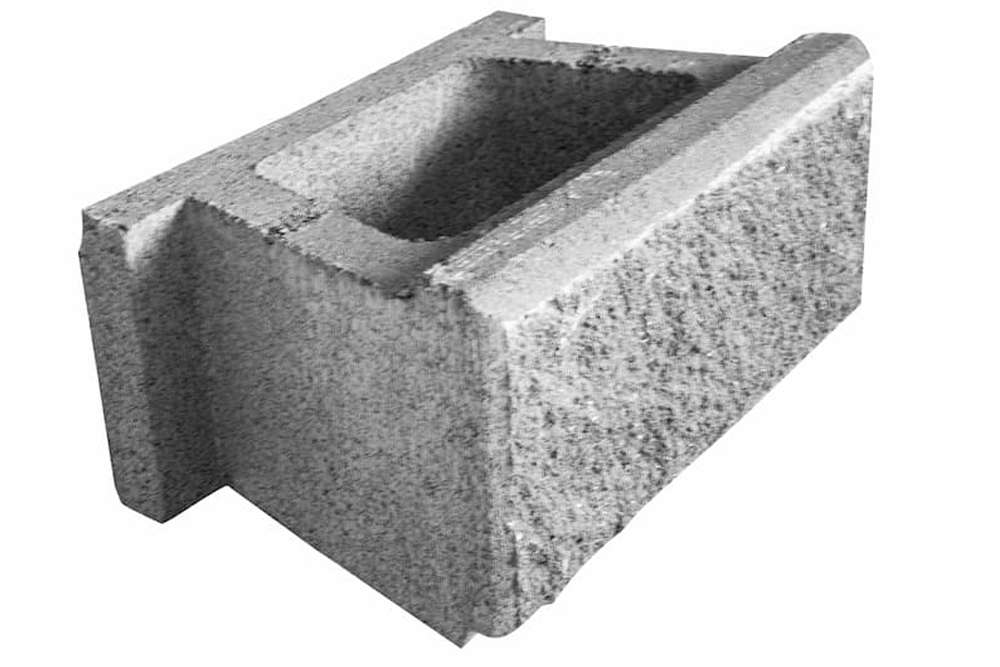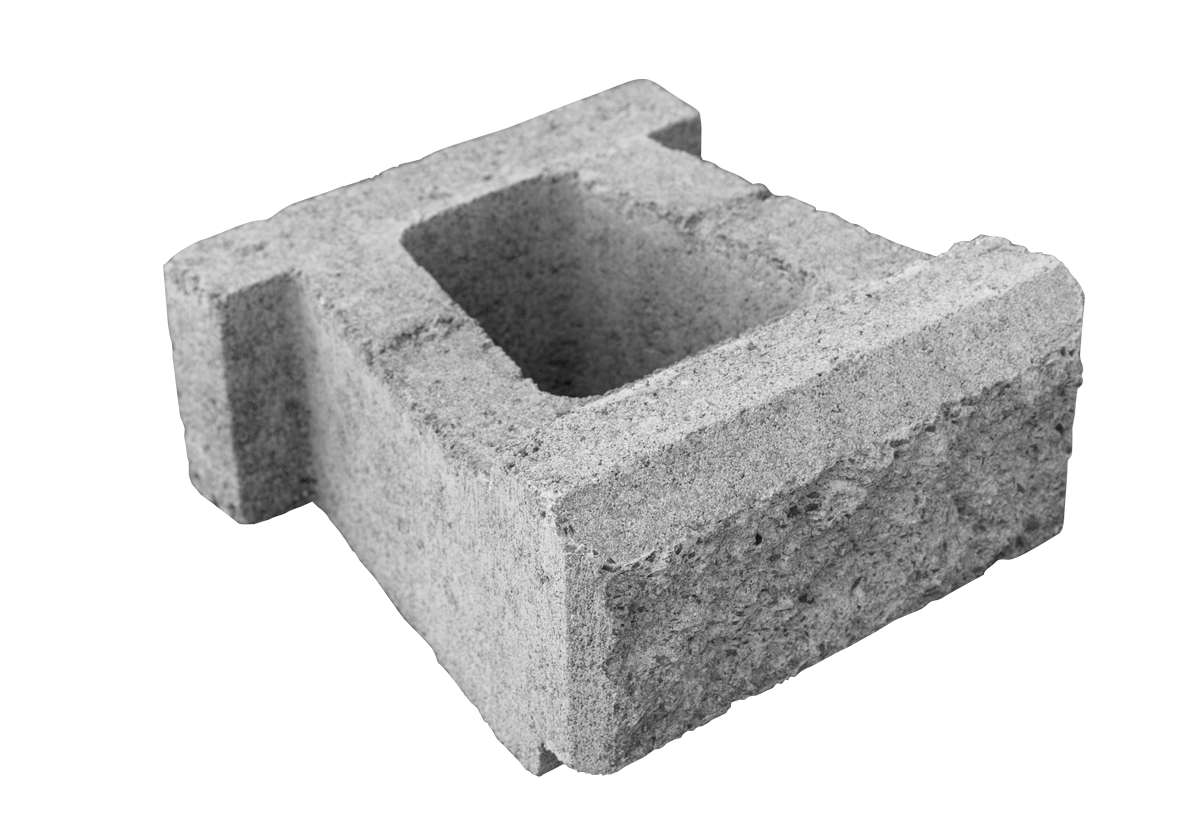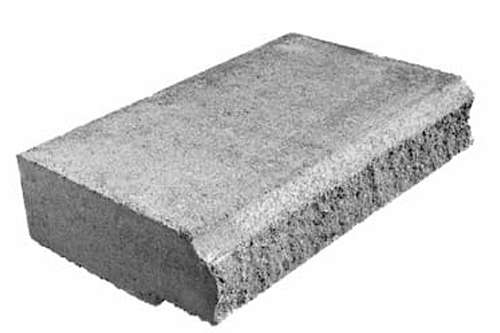Allan Block is renowned for being a hub of creativity and innovation in outdoor landscaping solutions. Its installation process is straightforward, and it boasts durability, cost-effectiveness, and notably, a visually pleasing stacked appearance that imparts a smooth and cohesive finish to every wall it constructs.
One of the standout features of the AB Collection is its versatility in design. The blocks from this collection can be used individually, or they can be combined to craft the AB Ashlar Blend. This particular arrangement allows for patterned walls that introduce a captivating new aspect to landscape design.
Allan Block Segmental Retaining Wall, has undergone comprehensive engineering to ensure exceptional performance. It has been the first segmental retaining wall system to undergo full-scale seismic testing, thus confirming its ability to withstand seismic events and deliver high performance in challenging conditions. This underscores the commitment to both functionality and safety that the AB Collection offers.
In essence, the AB Collection, spearheaded by the Allan Block, has emerged as a top choice for those seeking effective, visually appealing, and durable solutions for their retaining wall needs. Its consistent evolution, adaptability in design, and emphasis on engineering excellence make it a reliable option for a range of outdoor landscaping projects.
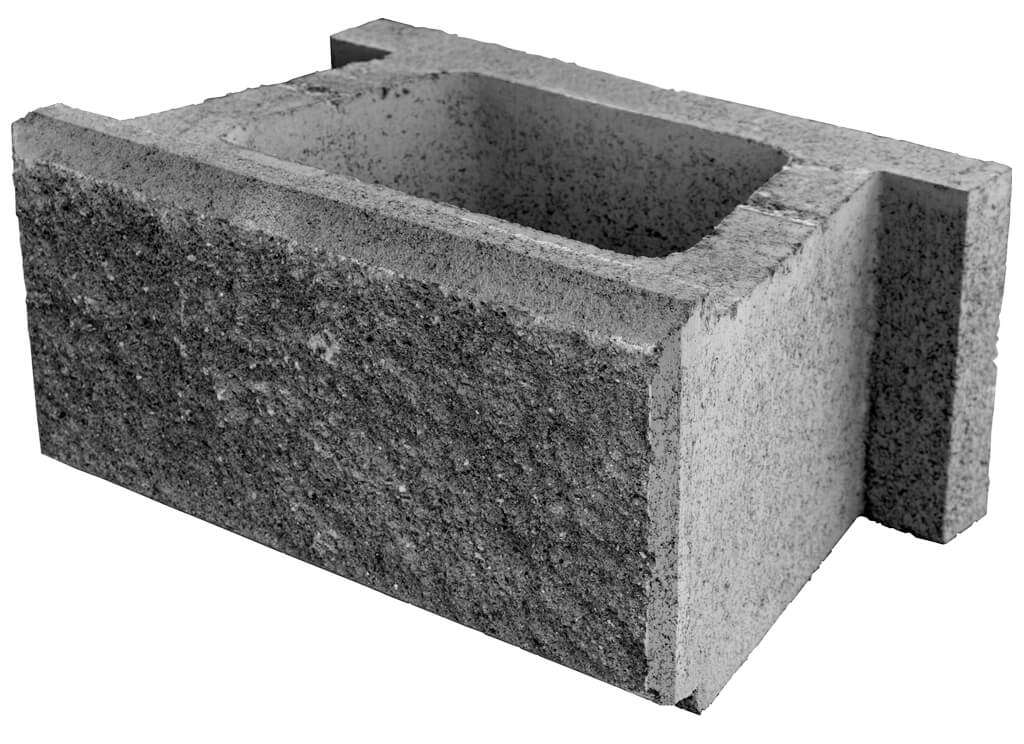
This product is not subject to a warning or ban under the Building Act 2004, or a description of any warning or ban that has been made in relation to the product.


